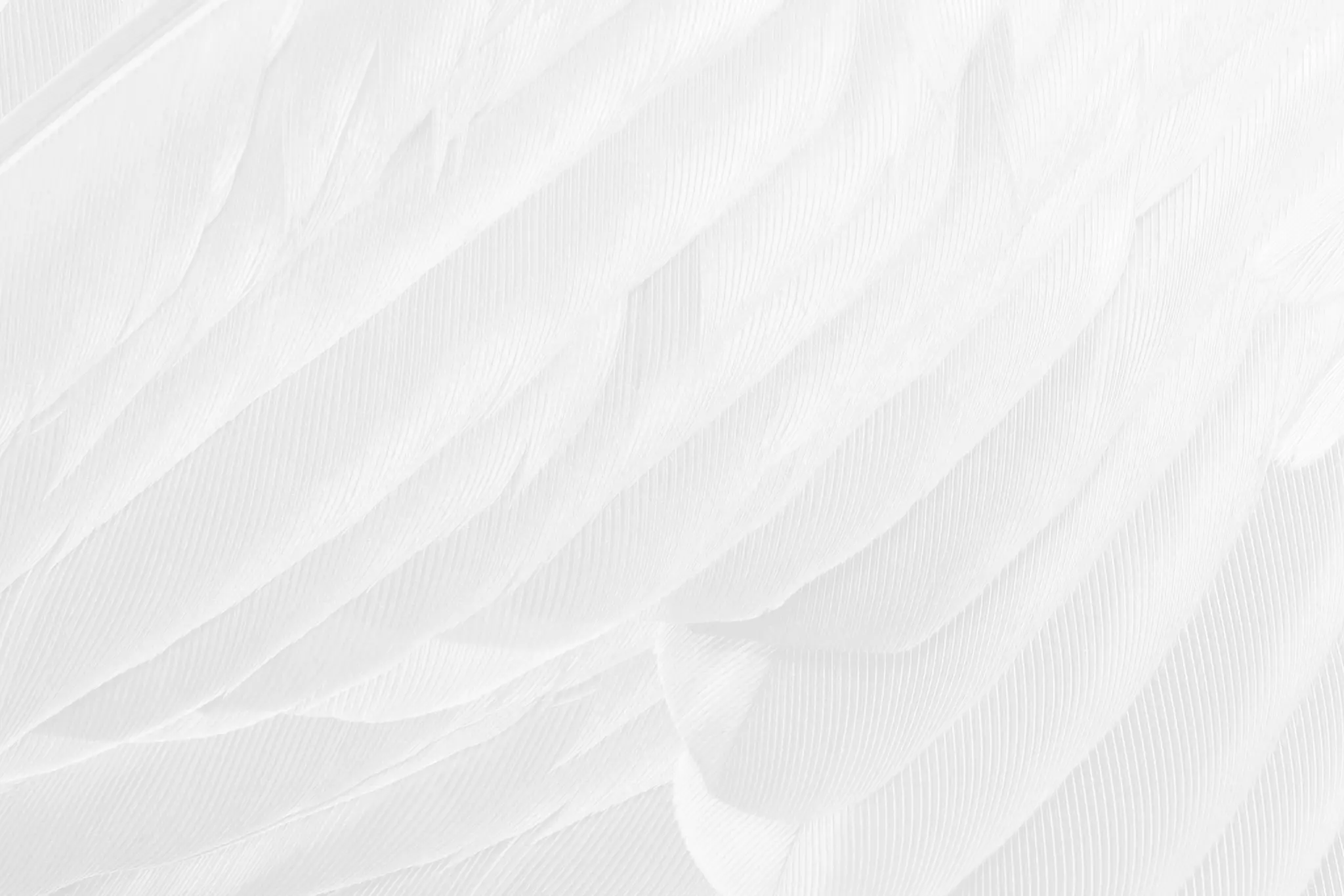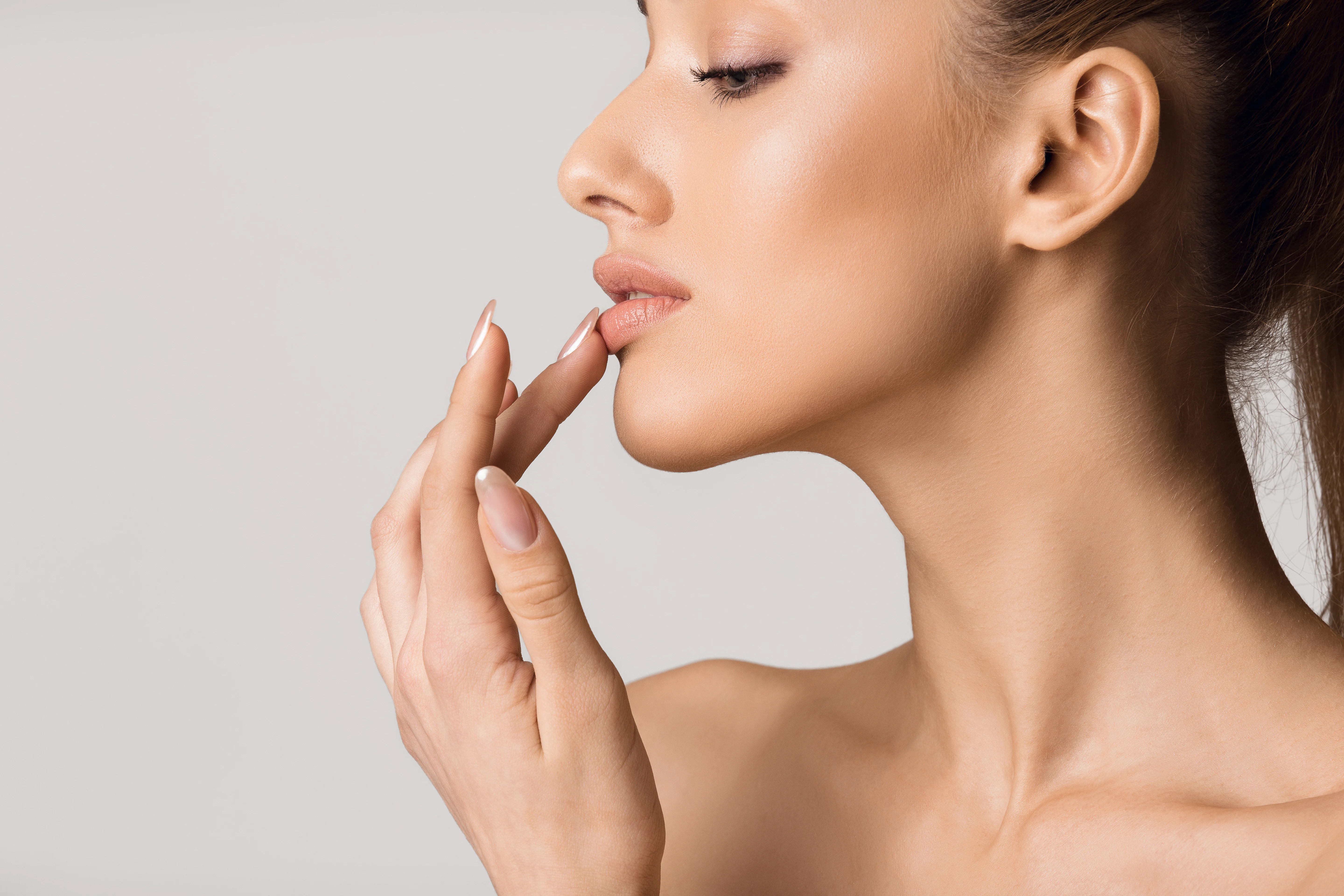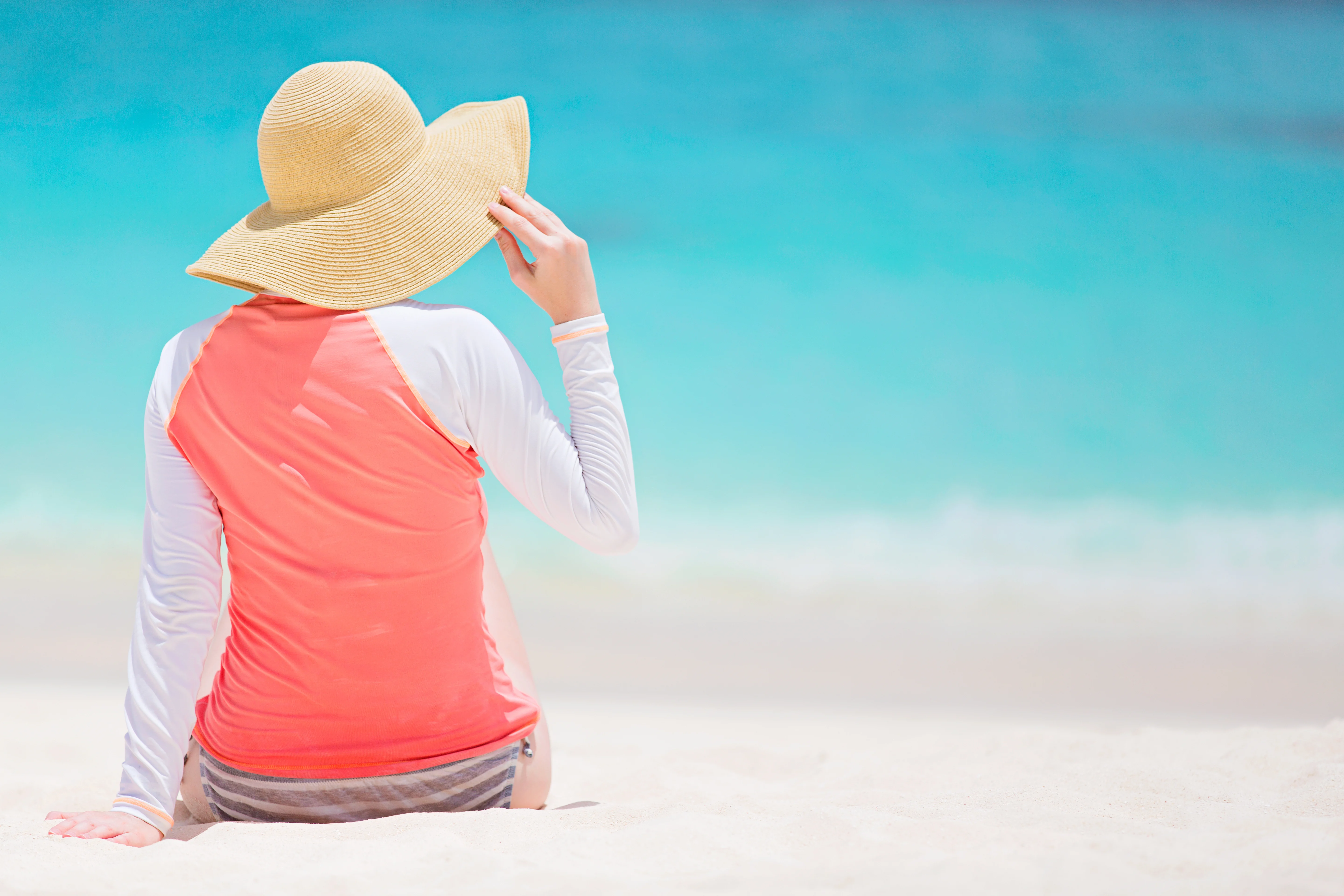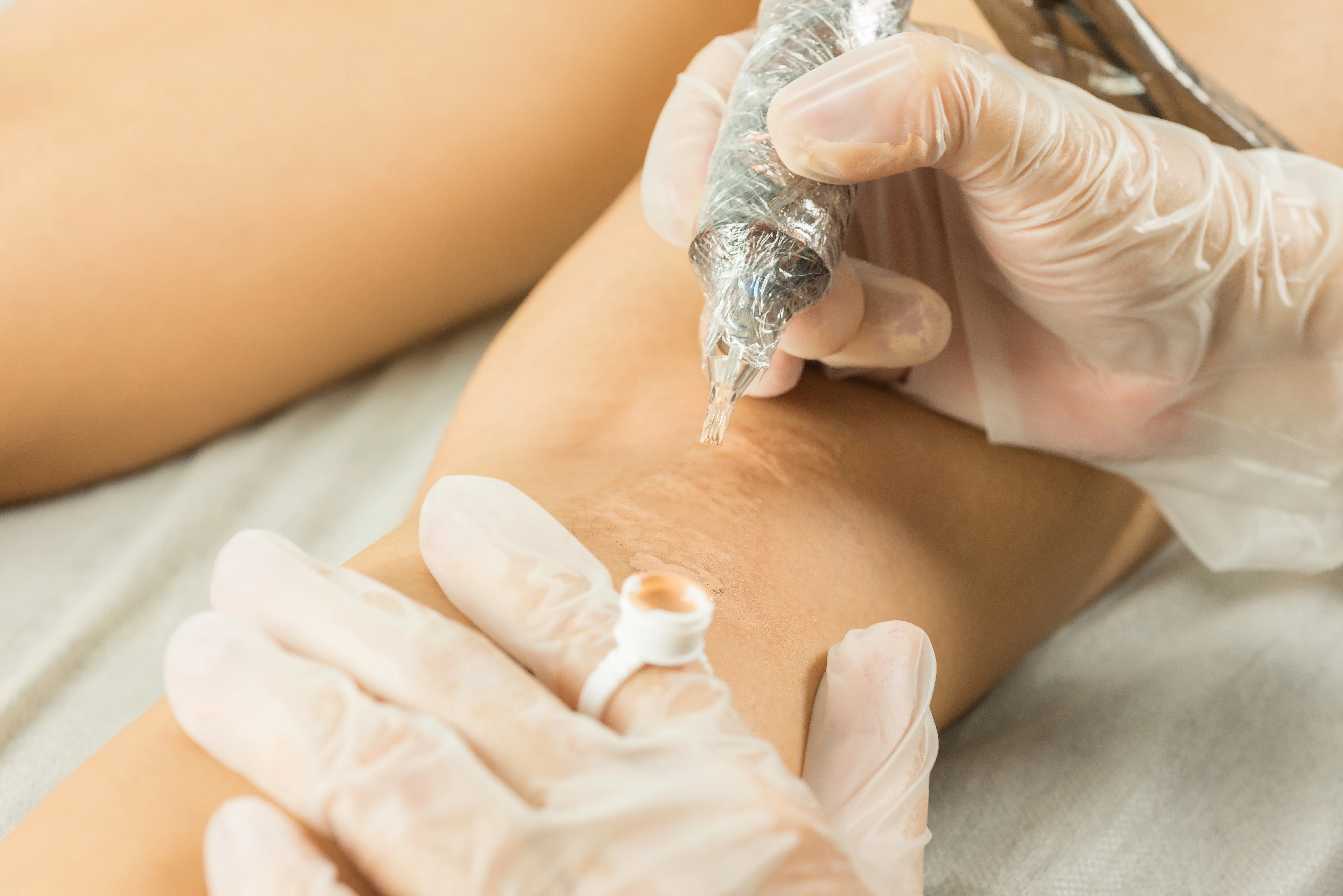How to Choose and Use Sunscreen: What SPF Really Means

As a plastic surgeon in sunny Scottsdale, I’m often asked about sunscreen: Which one is best? How much should I use? Does SPF 50 actually protect more than SPF 30? Let’s break it down so you can confidently protect your skin every day—especially here in Arizona.
What Does SPF Actually Mean?
SPF stands for Sun Protection Factor, and it’s often misunderstood.
Think of SPF as a multiplier. If your skin would normally start to burn after 10 minutes in the sun, SPF 15—in theory—would allow you to stay out 15 times longer (150 minutes) before burning. But real-world sun exposure depends on more than math:
- Your skin type
- Time of day and UV index
- How much sunscreen you apply
- How often you reapply
How Much Protection Do You Really Get?
Here’s a simple SPF breakdown:
- SPF 2: Blocks ~50% of UVB rays
- SPF 4: Blocks ~75%
- SPF 30: Blocks ~97%
- SPF 50: Blocks ~98%
The jump from SPF 30 to 50 only increases UVB protection by 1%. What matters more is how often you reapply and if your sunscreen protects against both UVA and UVB rays (look for “broad spectrum”).
Don’t Forget UVA Rays
While SPF only measures UVB protection, UVA rays account for 95% of UV radiation. These rays penetrate deeper and pass through windows and clothing. This means:
- You can get UVA damage while driving
- Indoor light near windows still counts
- Broad spectrum sunscreen is essential
How Much Should You Use?
Most people don’t apply enough sunscreen. A good rule of thumb:
- 1 teaspoon per body area
- Face + neck = 1 tsp
- Each arm = 1 tsp
- Each leg = 2 tsp
- Chest/back = 2 tsp
And remember to reapply every 2 hours, especially when sweating, swimming, or wiping your face .
Don’t Want to Reapply? Wear It
Sunscreen is great—but UV-blocking clothing is even better when you’re outside often. My personal favorites are:
- Solbari
- Coolibar
And yes, I personally wear driving gloves and sleeves when I’m on the road in Arizona. Your arms and hands are just as exposed as your face.
My Favorite Sunscreens
Patients always ask what I use personally. Here are a few of my favorites:
- EltaMD – Great mineral option with a tinted version
- Supergoop! – Lightweight and cosmetically elegant
- Neutrogena Daily Defense – Budget-friendly for face
- Target Up & Up – Affordable for body use
- Coola SPF Lip Balm – Don’t forget your lips!
But remember:
The best sunscreen is the one you’ll actually wear.
Final Thoughts
Whether you’re protecting your surgical scars, preventing sun damage, or just being proactive about your skin health, sunscreen is a must. Broad spectrum, SPF 30 or higher, reapplied often—and don’t forget your lips and hands.
Have questions or want help building a skincare routine? Feel free to call us or book online. We’re happy to help you stay sun-safe and glowing.
—
Dr. Victoria Aimé | Metropolitan Plastic Surgery | Scottsdale, AZ
Our surgical and non-surgical treatment options
Ready to start your transformation?
Whether you’re just beginning to explore your options or have specific goals in mind, we’re here to guide you with expertise and compassion.

Read more articles

Hyaluronic Acid for Dry, Chapped Lips
Dry, chapped lips? Layer a few drops of hyaluronic acid serum under your lip balm to restore hydration and smoothness. This simple step helps your lips stay soft and moisturized—even in dry climates.

Why I Wear UPF Clothing (and You Should Too)
UPF clothing is one of the easiest ways to protect your skin from UV damage—especially while driving or spending time near windows. Dr. Victoria Aimé shares how she uses UPF sleeves, gloves, and hats daily, and why this sun-smart habit is a must for long-term skin health.

Medical Tattooing for Scars: An Effective Option for Natural-Looking Results
Learn how medical tattooing can effectively camouflage scars and hypopigmented areas. Ideal for tummy tuck scars, breast lift scars, or post-reconstruction areolas, this treatment blends pigment naturally for more confident, seamless results.

How to Choose and Use Sunscreen: What SPF Really Means
Not all sunscreens are created equal. Learn what SPF really means, how to apply sunscreen correctly, and which options Dr. Aimé recommends for daily protection.
